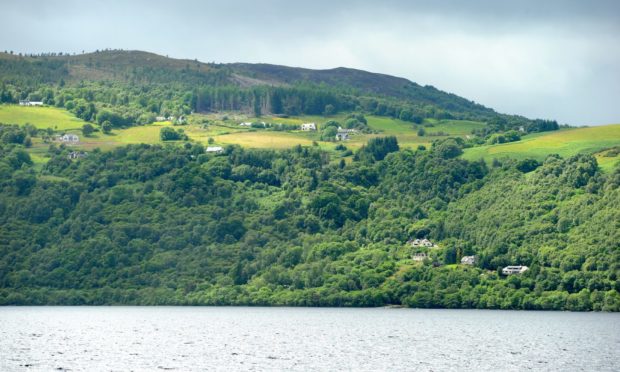The last time this column appeared it raised the prospect of large tracts of Scottish land being bought by a new type of proprietor.
Privacy, landscape, grouse shooting, deer stalking and salmon fishing have been the traditional attractions of owning a large estate. But opportunities to embark on green projects contributing to the climate change fight are now real selling points.
This has already gone further than first thought. Research conducted by Savills, the long-established selling agents often involved in the purchase of large sporting estates, has just provided confirmation the new ‘green lairds’ are coming. Be they wealthy individuals or companies with a climatic conscience, they are coming.
Earlier this month, the firm reported that in the face of Brexit negotiations and the pandemic, 2020 had been “an extraordinary year for the Scottish estate market”. The company recorded a 98% increase in buyers registering to purchase rural property in Scotland last year.
Evelyn Channing, Savills’ head of rural agency in Scotland, said this surge in interest in Scotland’s larger estates could be explained by two key purchasing drivers – natural capital and forestry: “We continue to receive our fair share of calls from buyers across the world, looking to hole up in Scotland. But becoming more prevalent are new entrants wishing to buy land not for its amenity or sporting potential, but for its green credentials. The ESG agenda (environmental, social and corporate governance) is bringing buyers forward of all shapes and sizes, from small Scottish businesses to large charities and investment companies.”
She said the continued focus on the climate crisis was fuelling a seemingly insatiable demand for land suitable for tree planting. Other buyers were looking to offset carbon emissions produced elsewhere by purchasing natural capital such as peat bog, until now regarded as having minimal value.
‘It would be particularly unfair if communities were to lose out’
This will create problems for local communities seeking to buy their land. With more estates being bought by people/businesses of green intent, the price of land has already begun to increase significantly. Whatever resources the Scottish Land Fund has will not go as far in helping local bodies. It would be particularly unfair if communities were to lose out.
Community landowners were embarking on green projects a decade and a half before the climate crisis was declared. They are still doing so, according to a report published last week. Produced by the Institute for Heritage and Human Development, it found Scotland’s landowners are punching well above their weight in the fight to save the planet.
Their contribution far outweighs the mere 2.25% of Scottish land they control. From peatland restoration at Carloway on Lewis to the pioneering Forest School at Abriachan in the hills above Loch Ness, and Buckhaven & Methill’s community gardens and orchards to the community-owned wind farm on Gigha. The report found that community land-owning bodies enjoyed a level of local trust other developers did not. They had a credibility which meant they were effective in delivering the climate change message.
Ministers should therefore ensure the land fund has enough money to help local bodies achieve their goals. Community Land Scotland has proposed an increase from £10 million to £20m a year. A modest proposal for any government pursuing an ambitious Green New Deal to rebuild the economy while combating climate change. The new cabinet should also guarantee a significant share of the half billion pounds committed to investment in tree planting and peatland restoration is ring-fenced for community projects.
The Scottish Government established a Just Transition Commission to ensure the move to a net-zero economy is fair for all. Its report pointing the way ahead was also published last week. It recommended ministers develop a statutory public interest test for any changes in land ownership above a certain threshold. It said the need to give local communities statutory power to influence major land use decisions that affect them “will be increasingly important, as more and more is demanded of our land through the transition to net-zero”.
If the public interest is not to be protected in the sale of Scottish land at a time of existential crisis, it never will be.
David Ross is a veteran Highland journalist and author of an acclaimed book about his three decades of reporting on the region










